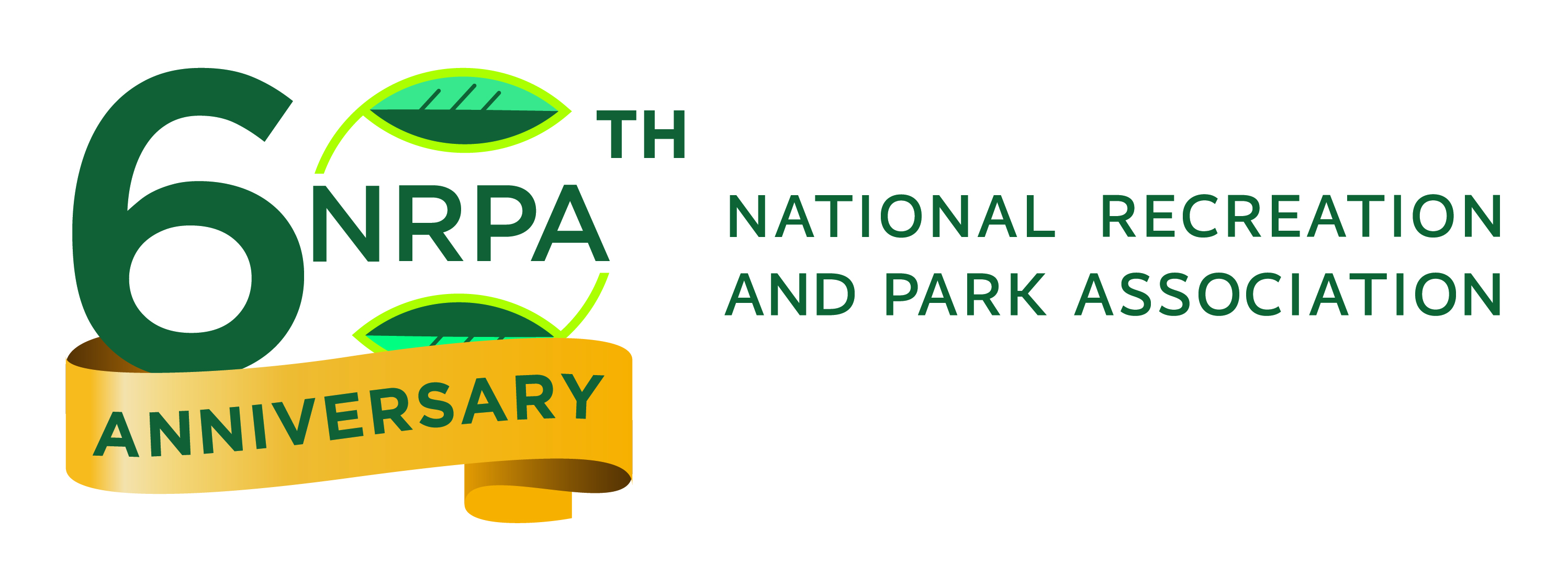New NRPA report highlights the role park and recreation professionals can play in creating more youth sports opportunities
Ashburn, Va. (Nov. 12, 2020) — Park and recreation professionals and their agencies are an essential provider of youth sports in communities nationwide, according to a new National Recreation and Park Association (NRPA) report. The five most popular youth sports affiliated with parks and recreation are basketball, baseball/softball, soccer, football — including flag and peewee — and volleyball. Other popular youth sports include tennis, swimming and diving, track and field, gymnastics and cheerleading.
The Youth Sports at Park and Recreation Agencies report also highlights the critical role park and recreation professionals and their agencies play in ensuring every child in every community has access to team and individual sports. For example, 86 percent of park and recreation professionals agree they and their peers can contribute to a fair and just future for youth sports by identifying disparities in access to organized sports offerings. This includes addressing the many disparities that exist, as they relate to proximity to sports fields and courts and the ability to afford registration fees and the additional costs of participating in sports.
While the majority (92 percent) of park and recreation agencies charge registration fees for their youth sports offerings, most (65 percent) also offer reduced or discounted fees for lower income residents. Furthermore, 5 in 6 park and recreation agencies work with partners — including private sports associations, school systems and nonprofit organizations — to booster their ability to offer a robust set of sports opportunities.
Ninety percent of park and recreation agencies report that the pandemic is negatively impacting their youth sports programming, including budget cuts, limits on participants and attendees, and the need to train staff and volunteers on safe distancing practices. Parks and recreation also face several long-term challenges affecting their ability to ensure equitable access to youth sports activities, including:
- Insufficient funding
- Competing with better funded private organizations
- Difficulty in recruiting enough volunteer coaches
- Competition with travel sports leagues
- Insufficient sports fields and courts
“Park and recreation professionals are in a unique position to promote increased access to sports, critical to a child’s physical and cognitive development,” said Kevin Roth, NRPA’s vice president of research, evaluation and technology. “Unfortunately, the future of youth sports in our country is uncertain, especially given the COVID-19 pandemic and recession. Parks and recreation remains committed to providing low-cost youth sports programs to everyone.”
According to the Sports & Fitness Industry Association, the percentage of children ages six to 12 participating in organized or unstructured sports at least one day during the year declined from 72.9 percent in 2012 to 71.8 percent in 2019. NRPA is exploring how parks and recreation can address gaps in the provision of youth sports opportunities. This includes surveys, member engagement and partnerships. Specifically, NRPA is collaborating with the Aspen Instituteto deploy Project Play resources, including its Teamwork Toolkit for mobilizing local leaders, and develop new opportunities to make sports accessible to all kids.
A copy of the report is available here.
To learn more about NRPA, visit www.nrpa.org.
###
About the National Recreation and Park Association
The National Recreation and Park Association (NRPA) is the leading not-for-profit organization dedicated to building strong, vibrant and resilient communities through the power of parks and recreation. With more than 60,000 members, NRPA advances this mission by investing in and championing the work of park and recreation professionals and supporters — the catalysts for positive change in service of parks for all, climate-readiness, and overall health and well-being. For more information, visit www.nrpa.org. For digital access to NRPA’s flagship publication, Parks & Recreation, visit www.parksandrecreation.org.
